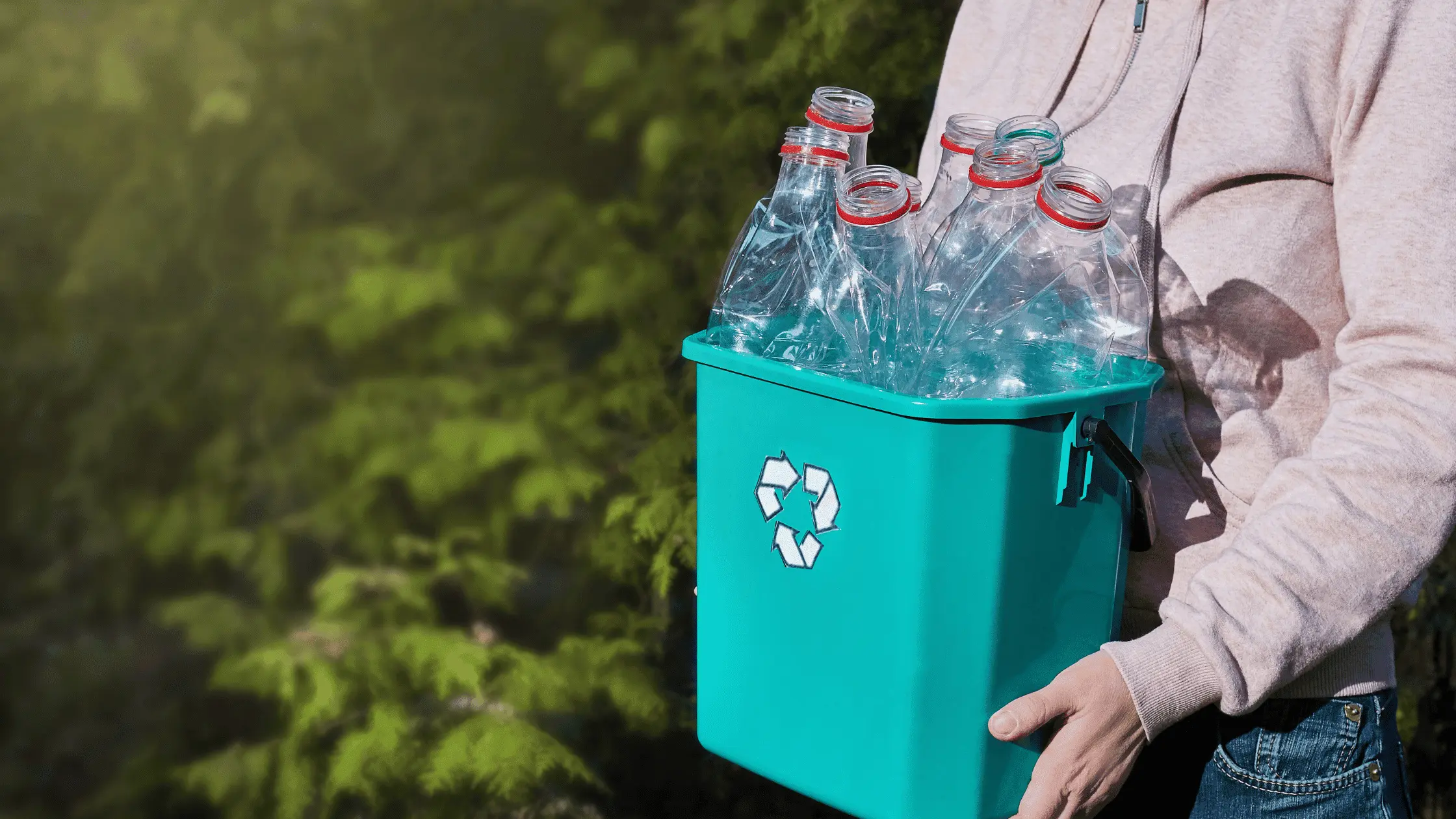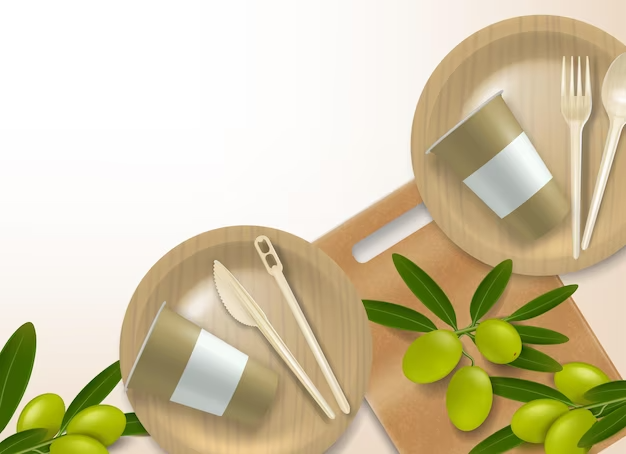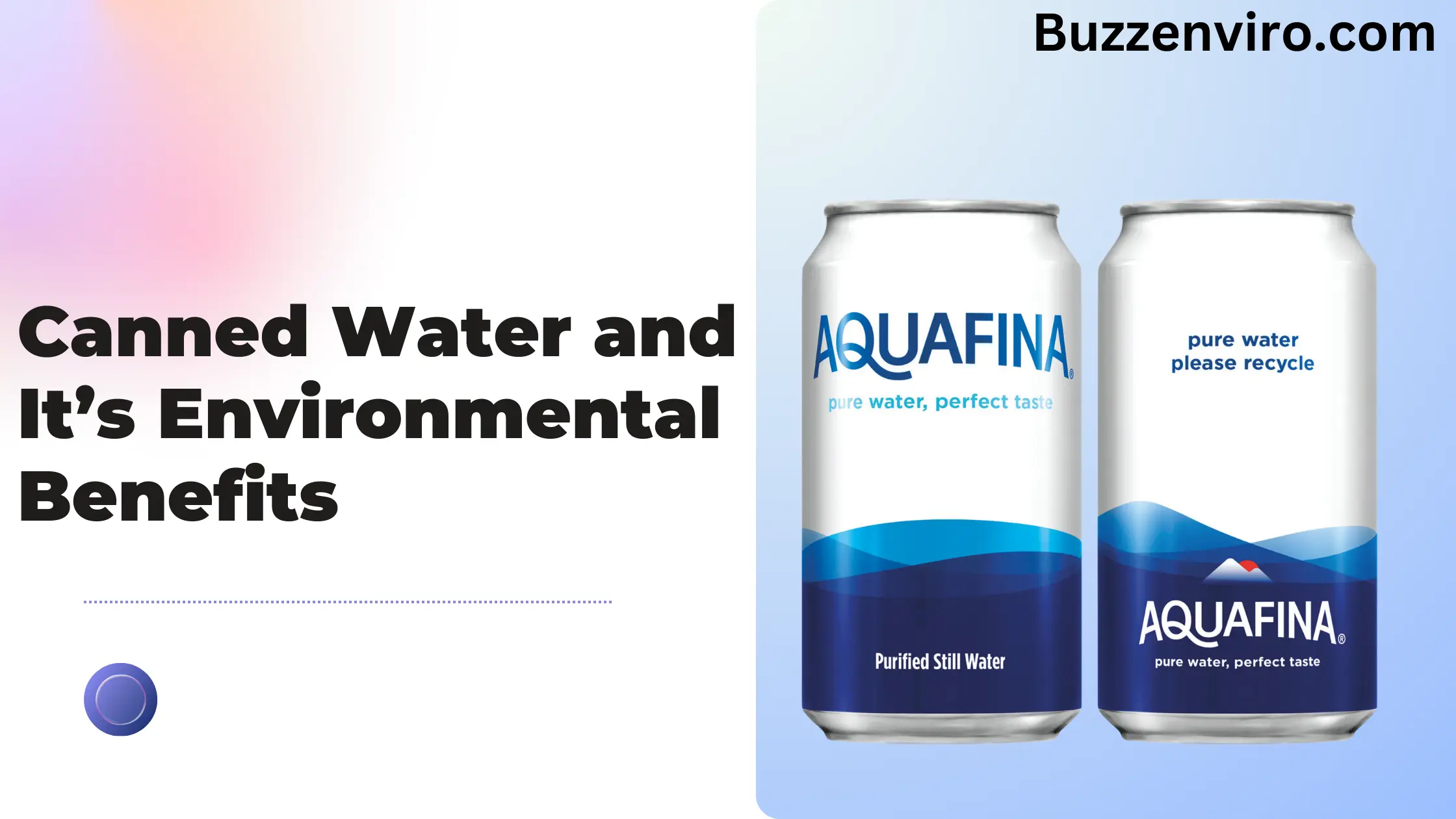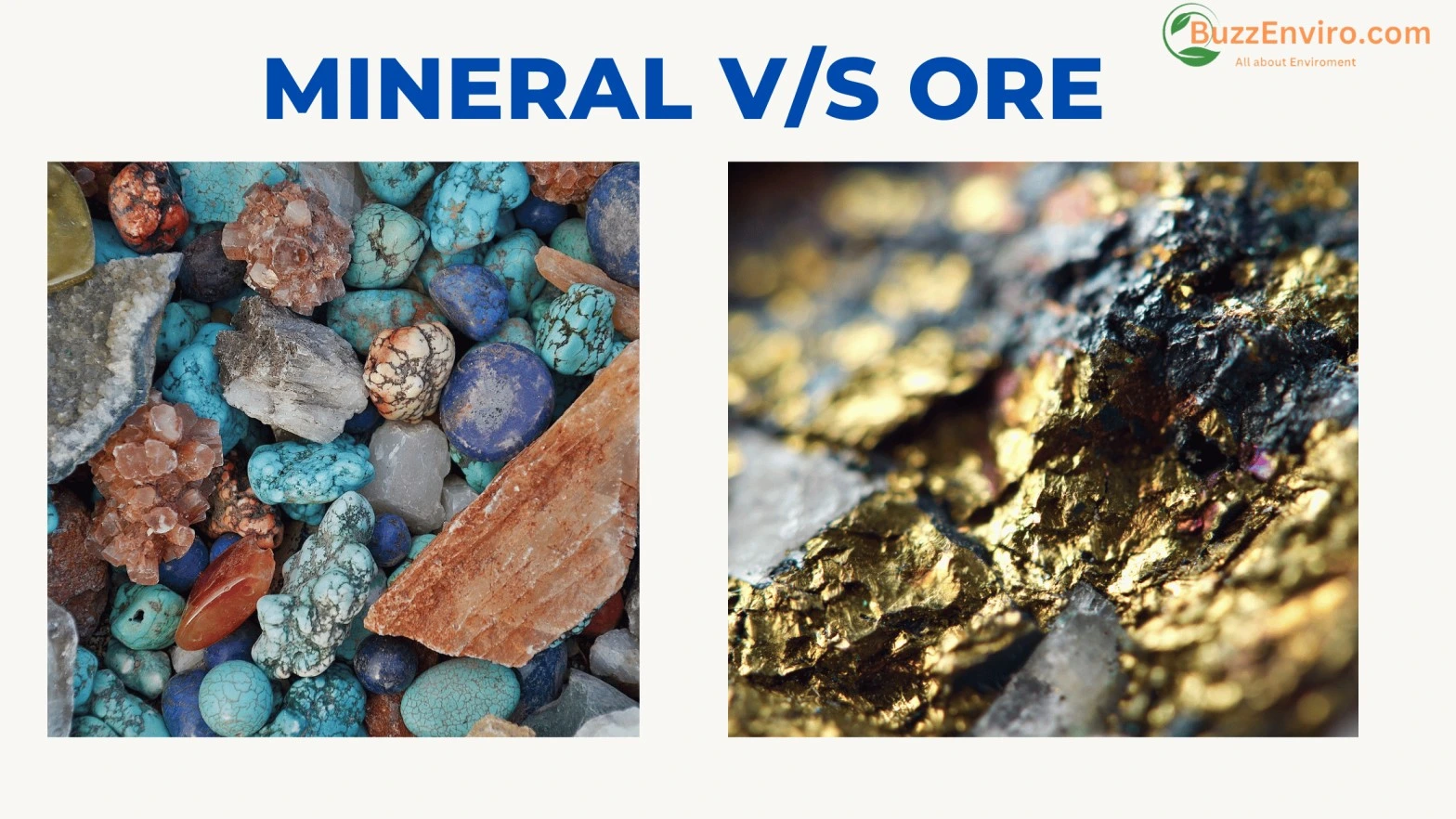Recycling is an essential aspect of waste management in the modern world, helping to conserve resources, reduce landfill waste, and minimize the environmental impact of human activities. Among the various recycling methods available, commingled recycling stands out as a popular choice for urban areas and commercial sectors. But what exactly is commingled recycling, and how does it work?
In this blog post, we’ll dive deep into the process of commingled recycling, its benefits, the challenges associated with it, and how it compares to other recycling methods. By the end, you will have a clearer understanding of why commingled recycling is both a critical and complex system in waste management today.
What is Commingled Recycling?
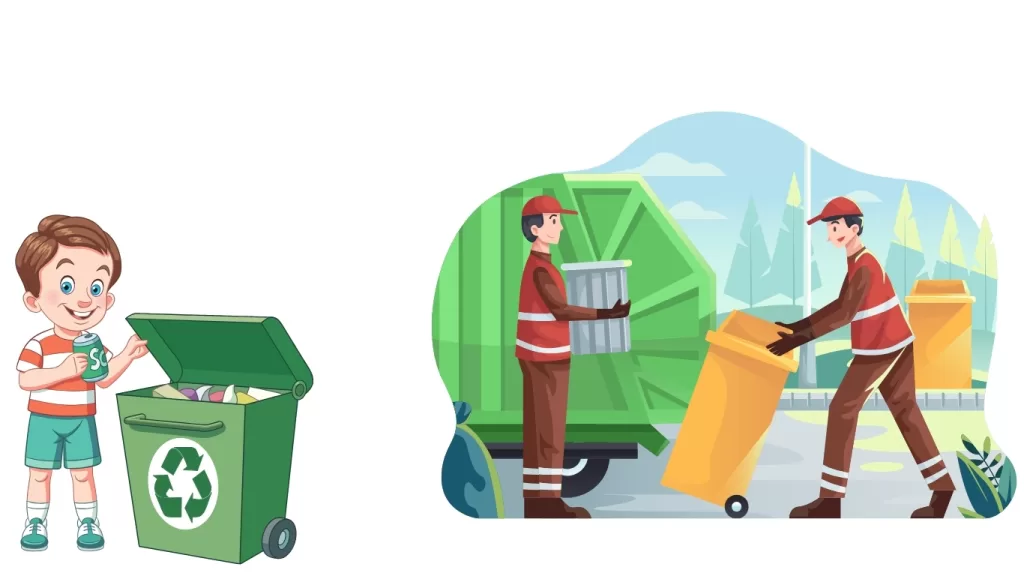
Commingled recycling, also known as single-stream recycling, is a system where all recyclable materials are collected in a single bin or container. Unlike traditional recycling methods that require the separation of different recyclables (such as paper, plastic, glass, and metal), commingled recycling allows for the convenient collection of all these materials together.
The Commingled Recycling Process
The process of commingled recycling starts at the source, where individuals or businesses place their recyclables—whether it’s paper, cardboard, glass, plastic, or metal—into a single collection bin. Once collected, these materials are taken to a material recovery facility (MRF), where they are sorted, cleaned, and processed into reusable raw materials.
Here’s a breakdown of the typical steps involved:
- Collection and Transportation: Recyclables are collected in bins and transported to a MRF.
- Sorting: The MRF uses a combination of machines and human labor to separate the different types of materials. This process might involve screens, air classifiers, magnets, and optical sorters to identify and separate materials like aluminum, paper, glass, and plastics.
- Cleaning: The materials are cleaned to remove contaminants such as food residue, labels, or adhesives.
- Processing: Once sorted and cleaned, the materials are processed into raw forms—such as shredded paper or compacted metal—that can be reused to create new products.
Despite the convenience of mixing recyclables, the effectiveness of commingled recycling heavily depends on the sorting capabilities and accuracy at the MRF. The better the facility, the higher the recovery rate and quality of the final products.
Benefits of Commingled Recycling
The main selling point of commingled recycling lies in its convenience and efficiency, but there are several other advantages to this method:
1. Increased Participation Rates
Commingled recycling encourages more people to participate in recycling programs because it eliminates the need to sort materials at the source. This is particularly advantageous in residential areas or offices where the effort required to separate recyclables might otherwise discourage recycling practices.
2. Cost-Effective for Municipalities
Since commingled recycling simplifies the collection process, municipalities often find it to be a cost-effective method. For instance, fewer collection bins and less sorting at the curb result in reduced labor costs and faster processing times.
3. Higher Volume of Recyclables Collected
Commingled recycling often leads to an increased volume of recyclables being collected, as people are more likely to throw materials into a single bin rather than worry about sorting. The ease of use tends to yield higher recovery rates, which in turn helps to divert more waste from landfills.
4. Lower Contamination Rates
While contamination remains a concern in any recycling system, commingled systems may reduce contamination compared to systems where people must manually separate recyclables. The sorting process at MRFs, when properly designed, can remove contaminants more effectively.
Also Read:- 10-Eco-friendly products for a plastic free life
Challenges in Commingled Waste Recycling
Despite its benefits, commingled recycling is not without its challenges. These can impact both the efficiency of the system and the quality of the recyclables recovered.
1. Contamination of Recyclables
One of the most significant challenges of commingled recycling is contamination. Since all recyclables are placed in the same bin, it is easier for non-recyclable items to make their way into the collection stream. Common contaminants include food waste, plastic bags, and items that are not recyclable, like greasy pizza boxes.
At the MRF, contamination can slow down the sorting process, reduce the quality of recyclable materials, and, in some cases, render the entire batch non-recyclable.
2. Sorting and Processing Costs
While commingled recycling simplifies the collection process, it increases the complexity of sorting. Materials must be separated at the MRF, and this requires advanced technology, labor, and energy, all of which add to the cost. When facilities lack the necessary infrastructure or equipment, it can lead to inefficiencies and a lower rate of material recovery.
3. Material Quality and Market Demand
The quality of the materials recovered from commingled systems may be lower than those separated at the source. Mixed materials can sometimes be less valuable on the market because the impurities are harder to remove during the sorting process. This issue can cause prices for recycled materials to fluctuate, affecting the economic viability of the recycling program.
4. Public Awareness and Education
Despite the ease of use, public education on proper recycling practices is crucial. People may inadvertently contaminate their recyclables by mixing non-recyclable items in with the commingled stream. Educational campaigns that emphasize the importance of only putting acceptable recyclables into the bin are vital for the success of commingled systems.
Comparing Commingled with Source-Separated Recycling
While commingled recycling is popular for its convenience, it’s useful to understand how it compares to source-separated recycling (also known as multi-stream recycling). In source-separated systems, individuals must sort their recyclables at home into separate bins for paper, glass, plastic, and metals.
Here are some key differences:
| Factor | Commingled Recycling | Source-Separated Recycling |
| Sorting | Mixed materials collected and sorted at MRF | Materials sorted at the source by the consumer |
| Contamination Risk | Higher contamination risk, depending on the MRF | Lower contamination risk |
| Participation Rate | Higher due to ease of use | Lower due to the extra effort required |
| Processing Costs | Higher due to the complexity of sorting at MRF | Lower, as sorting is done at the source |
| Quality of Recyclables | Potentially lower quality due to mixed materials | Higher quality as materials are sorted by type |
Innovations in Commingled Recycling
As commingled recycling becomes more widespread, advancements in technology and process improvements are helping to address some of the system’s challenges. Some notable innovations include:
1. Optical Sorting:
This technology uses sensors and air jets to accurately identify and sort different types of plastics, metals, and paper. It improves sorting accuracy and reduces contamination.
2. Robotic Sorting:
Robots equipped with artificial intelligence (AI) can identify materials and perform complex sorting tasks faster and more accurately than humans, reducing errors and increasing efficiency.
3. Advanced Contaminant Removal:
New systems can identify and remove contaminants such as plastic bags, which are notorious for jamming recycling machines.
The Future of Commingled Recycling
As more communities and businesses shift toward commingled recycling, it’s crucial to ensure that the necessary infrastructure and technologies are in place to maximize the benefits of this method. The rise of smart waste management solutions, which leverage sensors, AI, and data analytics, could help streamline the process and make it even more efficient.
Moreover, as consumers become more informed about the importance of reducing contamination and recycling properly, commingled systems may see even greater success in diverting waste from landfills. The combination of education, improved sorting technologies, and continued investment in recycling infrastructure will be key to the future of commingled recycling.
Conclusion
Commingled recycling plays a crucial role in modern waste management, offering a convenient and effective way for people to recycle. However, it comes with its set of challenges, particularly around contamination and the complexity of sorting mixed materials. As technology advances and public awareness improves, the efficiency and effectiveness of commingled recycling will continue to grow.
By understanding the process, benefits, and challenges of commingled recycling, we can all do our part in improving recycling rates and making our communities more sustainable. So, the next time you throw something in the recycling bin, think about how you can ensure that it’s clean, uncontaminated, and truly recyclable, helping to create a cleaner, greener world for everyone.
